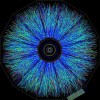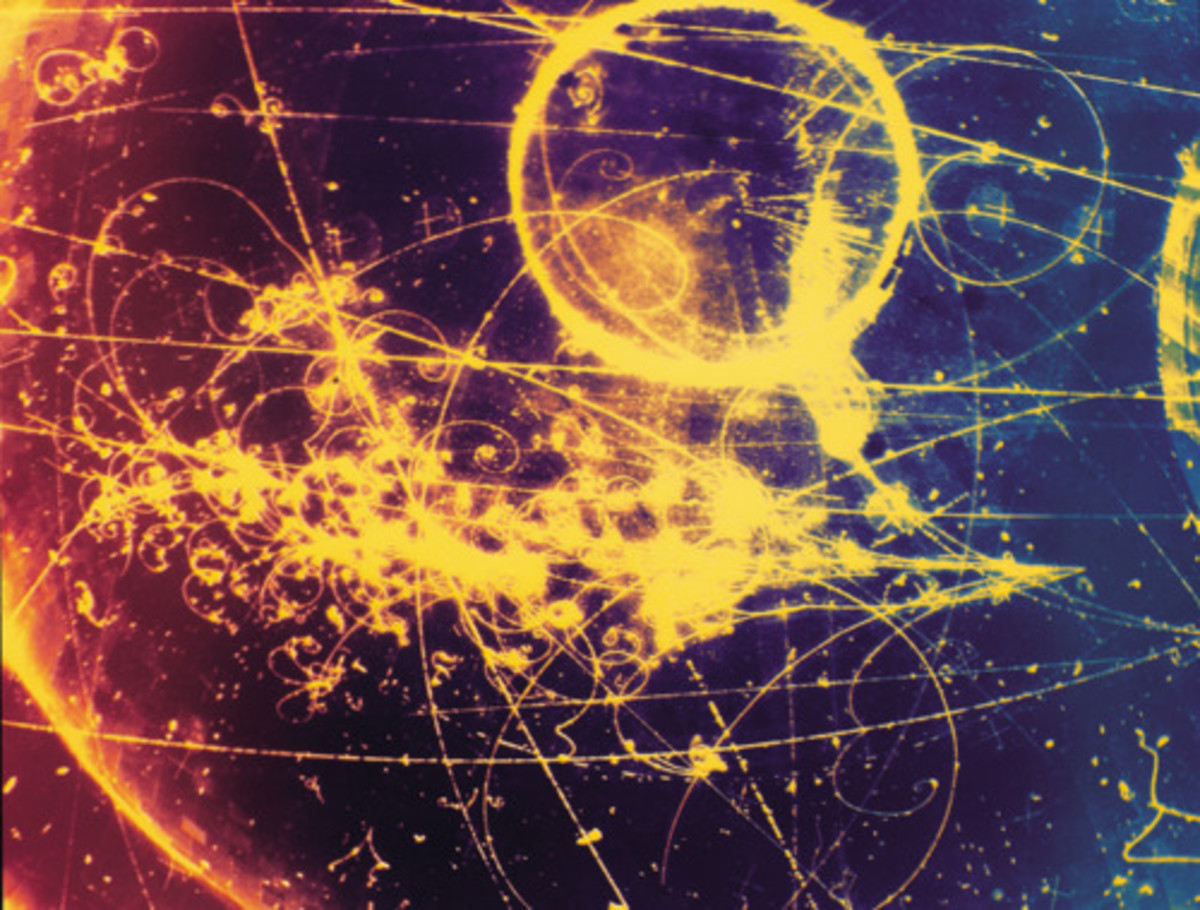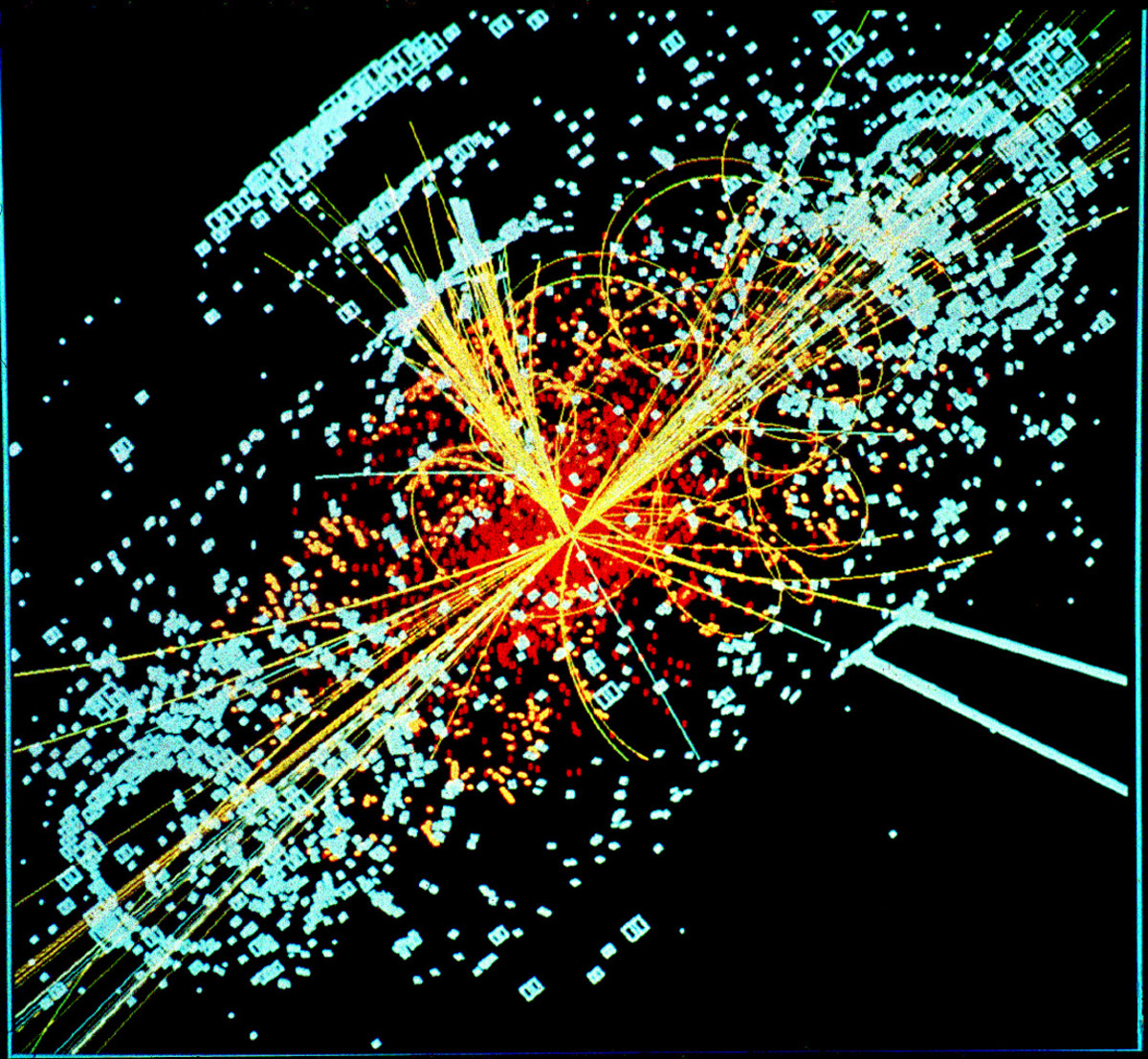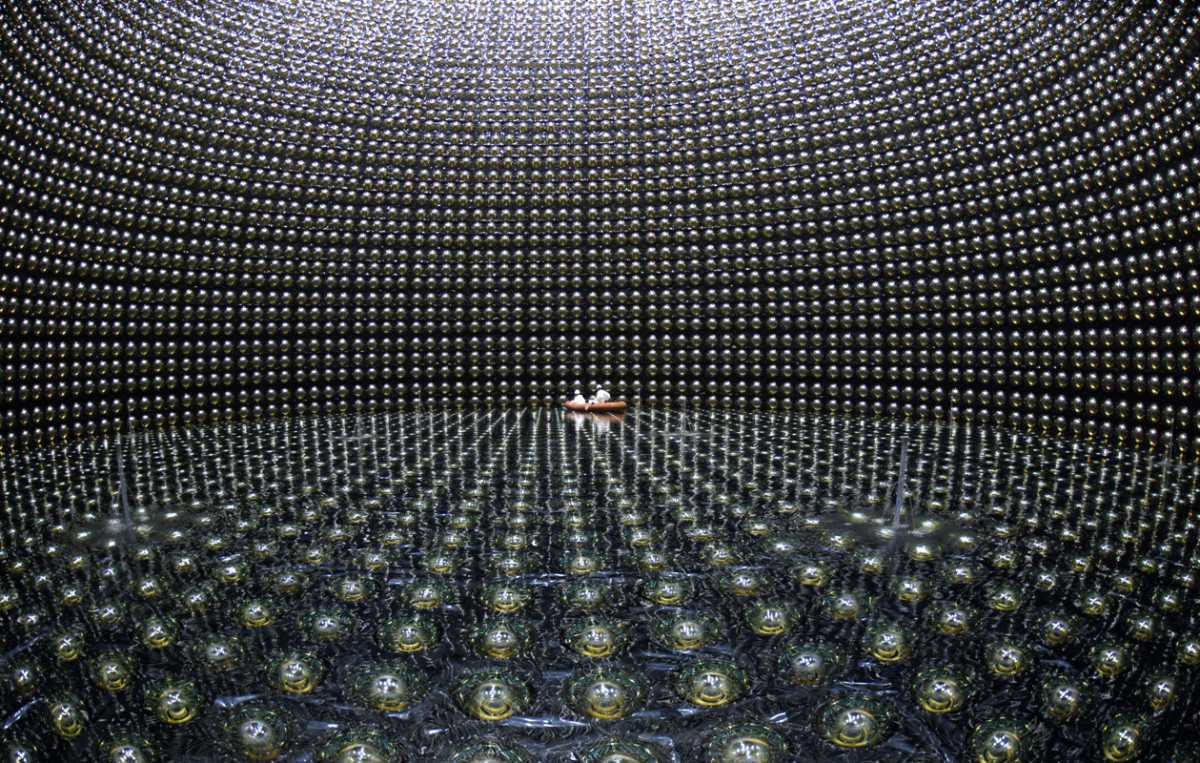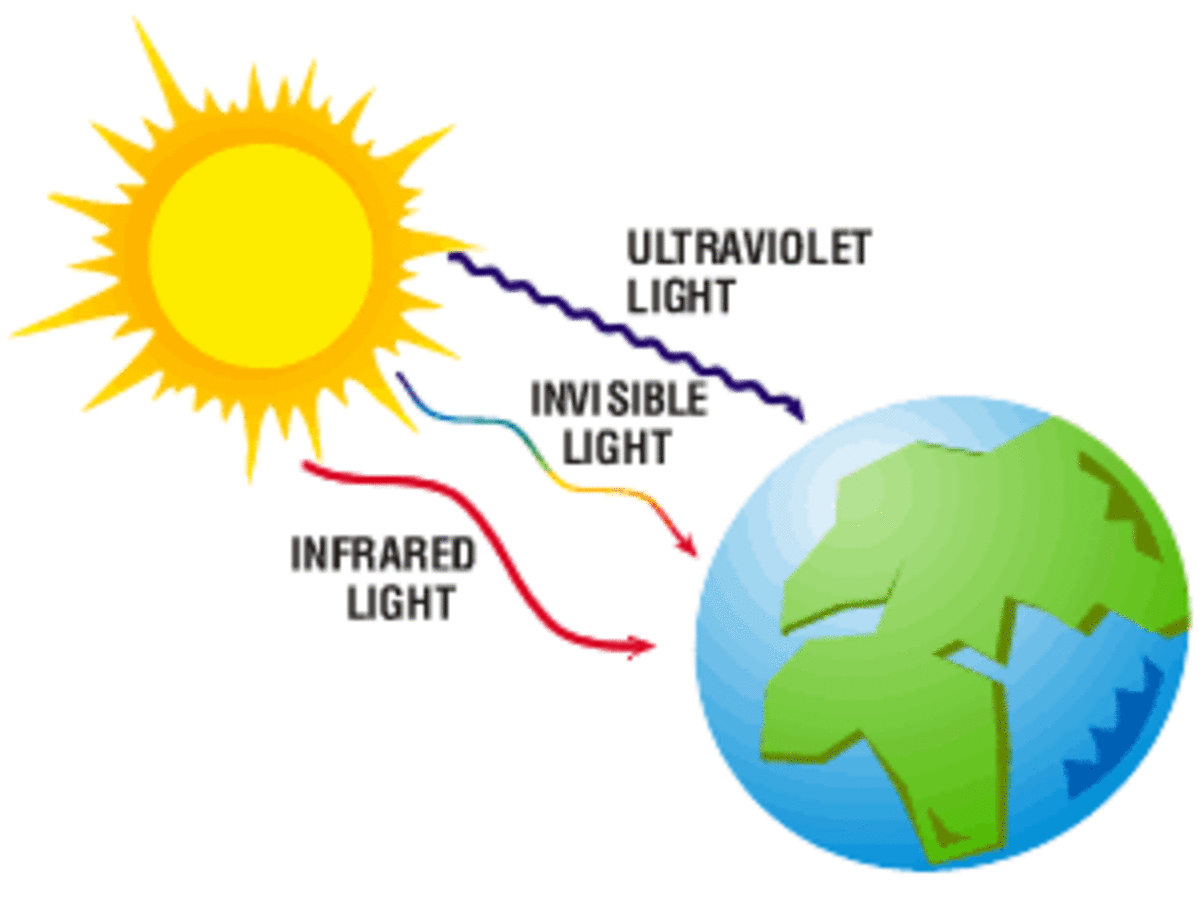Hunting the Higgs: Why is it So Hard?
Recent data from the Large Hadron Collider could be interpreted as a sighting of the elusive Higgs boson. This isn't the first time such hints have been reported. All of which raises the question: how can researchers not know whether they've seen the Higgs or not?
For more on the Higgs Boson and the latest results, please see:
Particle accelerators such as the Large Hadron Collider (LHC) are complicated machines. At the LHC, protons are accelerated to nearly the speed of light and smashed into each other at a rate of around 600 million collisions per second.
These collisions produce billions of particles - and they don't pop out with labels saying "this is an electron" or "this is a Higgs boson". Instead, the identity of each particle has to be worked out from properties such as its charge, its velocity, and at what point in the detector it is found. Based on these properties, scientists can make a good guess that a particular particle is an electron (or a neutrino, or a photon), but they can't always be sure.
What makes it even more tricky in the case of hunting the Higgs is that researchers at the LHC can't see the Higgs directly. They have to infer that a Higgs particle existed briefly in the murky depths of the collider by looking for pairs of particles that could have been created by its decay. However, the same types of particles are also produced by other processes, so the Higgs signal that scientists are looking for is in fact a slight overproduction of relevant pairs of particles compared to what would be expected if the Higgs did not exist.
The search is restricted to pairs of particles which have energies in a particular range. The exact energy that the pair will have depends on the mass of the Higgs boson, which isn't known. Fortunately, previous experiments have ruled out a Higgs mass of less than 115 GeV or more than 158 GeV, so researchers at the LHC are able to concentrate on searching for a "bump" in the number of particle pairs that are produced with energies between 115 and 158 GeV.
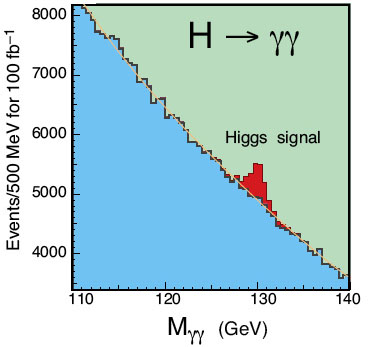
But even if researchers find a "bump" in the correct range of energies, how do they know that it isn't just due to random statistical fluctuations? After all, there are thousands of interactions going on inside the accelerator that could have any number of different outcomes: it's not at all impossible that at a particular moment the quantum soup could react in such a way as to produce a slightly more particles with a particular energy than average. A bump in the data, such as the one seen recently at the LHC, could be the signature of a Higgs particle springing briefly into life, or just random fluctuation.
How to decide whether a result is significant
Particle physicists have spent years carefully calculating exactly what they expect to see being produced at the LHC, based on our best knowledge of particle physics (the Standard Model). When they see an unexpected result, they calculate the probability of seeing that result, assuming that the Higgs does not exist. If they find that the probability is sufficiently small, they begin to consider whether the alternative conclusion - that the Higgs does exist - is in fact more likely.
The researchers at ATLAS say that the bump in their data has an 8% chance of being the result of random statistical flucutation*. Particle physicists generally don't accept a finding until the confidence level is 5 sigma – a 0.00003% chance of being a random fluctuation. That sounds like an astonishingly stringent criteria, but there are good reasons for being sceptical. For more about uncertainties and when to have confidence in a scientific result, please see:
*source: results were announced at a conference last friday, and reported at profmattstrassler.com/2011/07/22/atlas-and-cms-summarize-their-higgs-searches/
